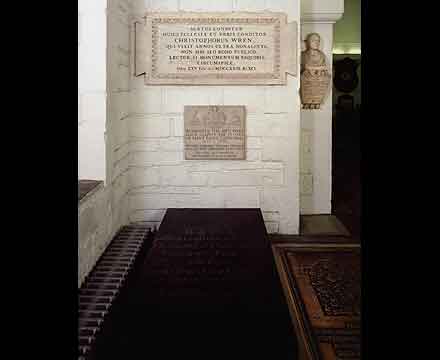I decided to start my walk around the cathedral at the Great West Door, a very popular background for many tourist photographs. Maybe some are recalling the sequence in the film Mary Poppins (‘Feed the birds, tuppence a bag!’) or perhaps Princess Diana, emerging wearing her stunning wedding dress with its 25 foot train. Both can be viewed on YouTube.
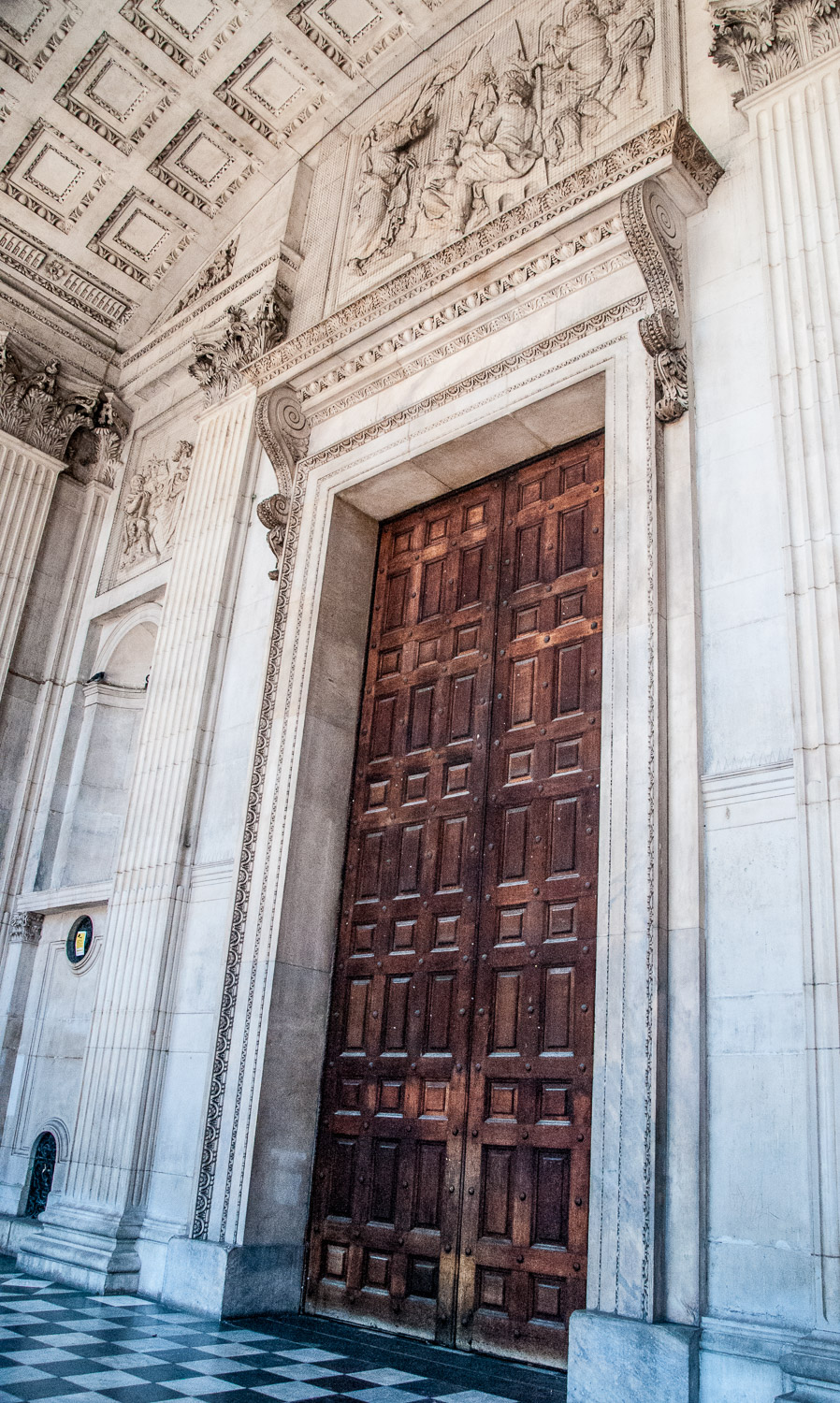
The Great West Door – only opened on very special occasions.
I have, however, yet to see anyone look more closely at the surrounding stonework. If they did, they would encounter a fascinating collection of 18th century graffiti. They are very hard to see and extremely difficult to photograph so these are my best efforts.
Names in cursive script overlap one another …
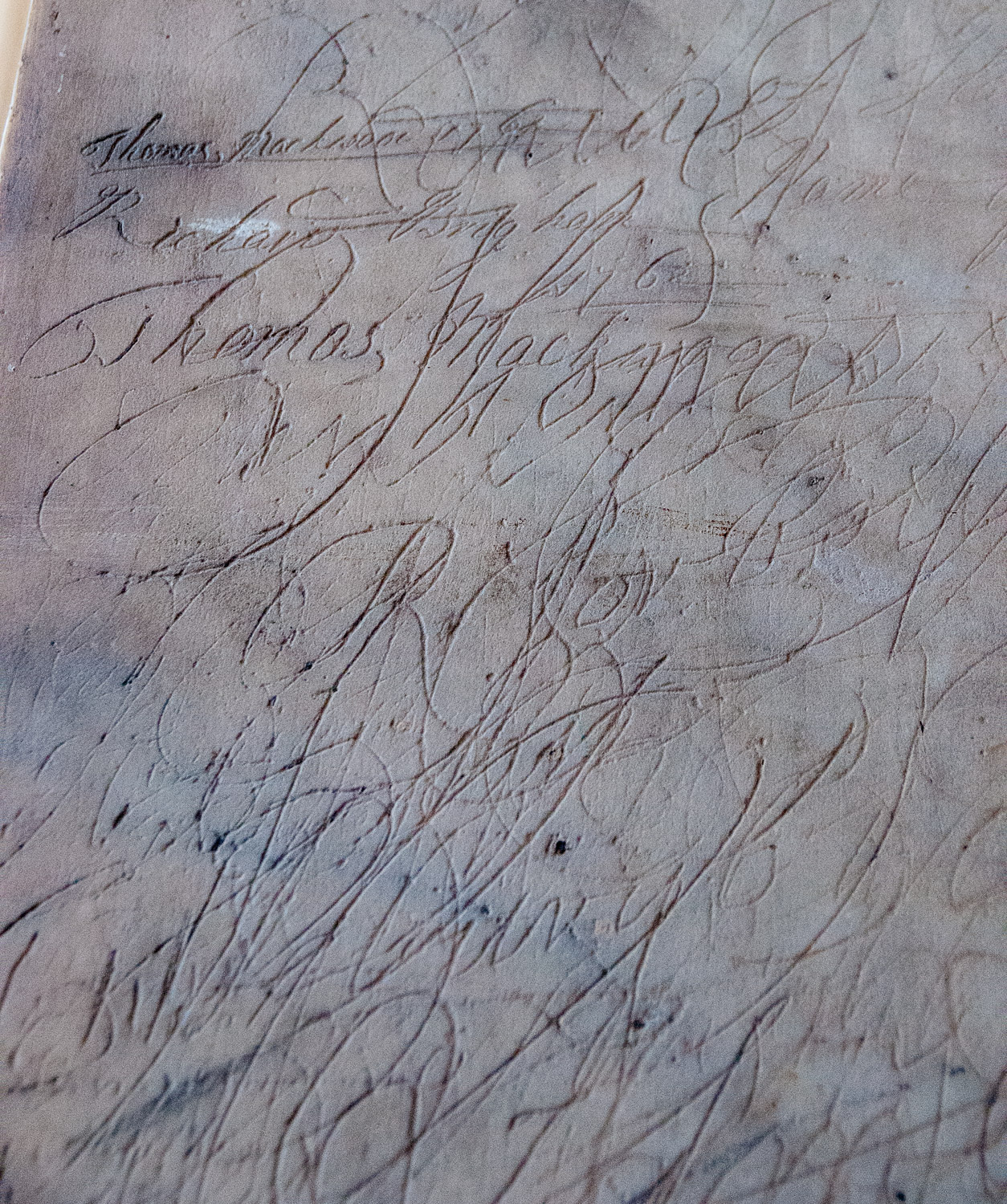
Some are clearly dated …
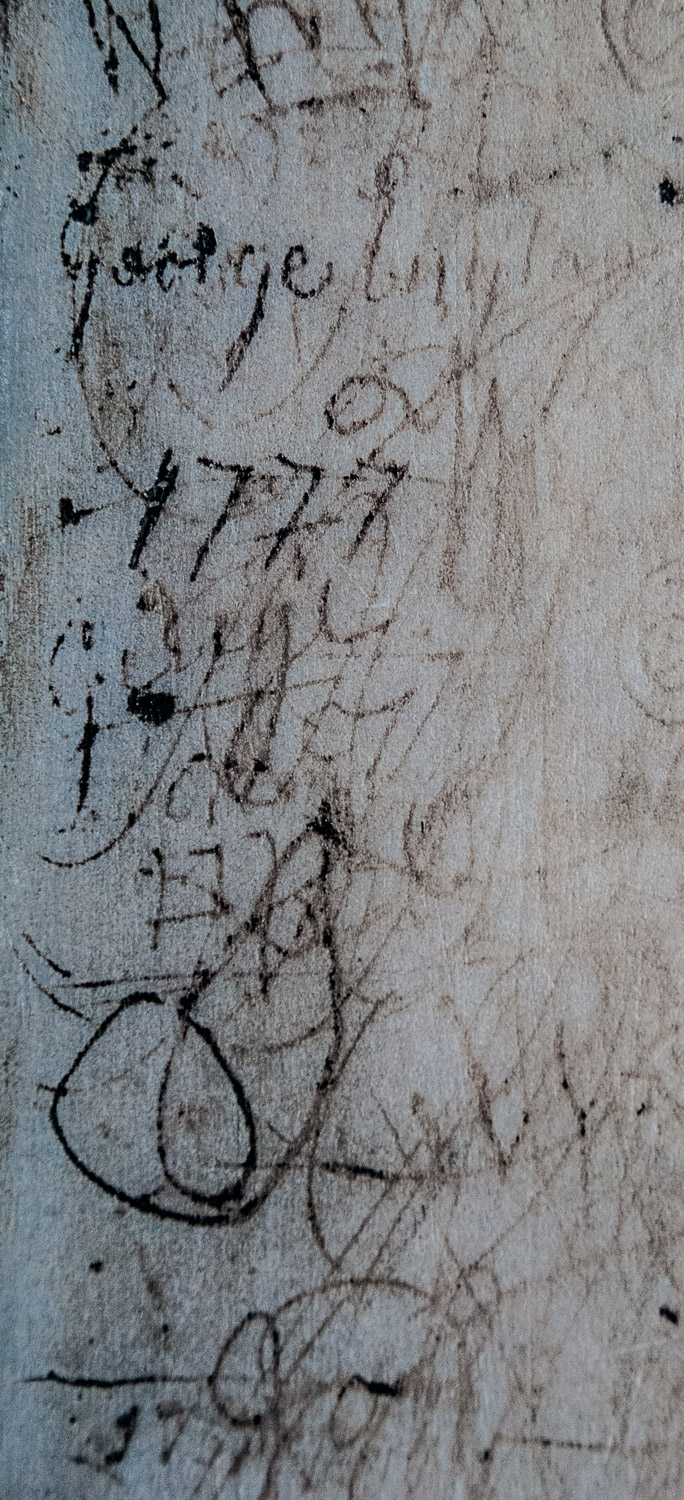
And it wasn’t just men leaving their mark …
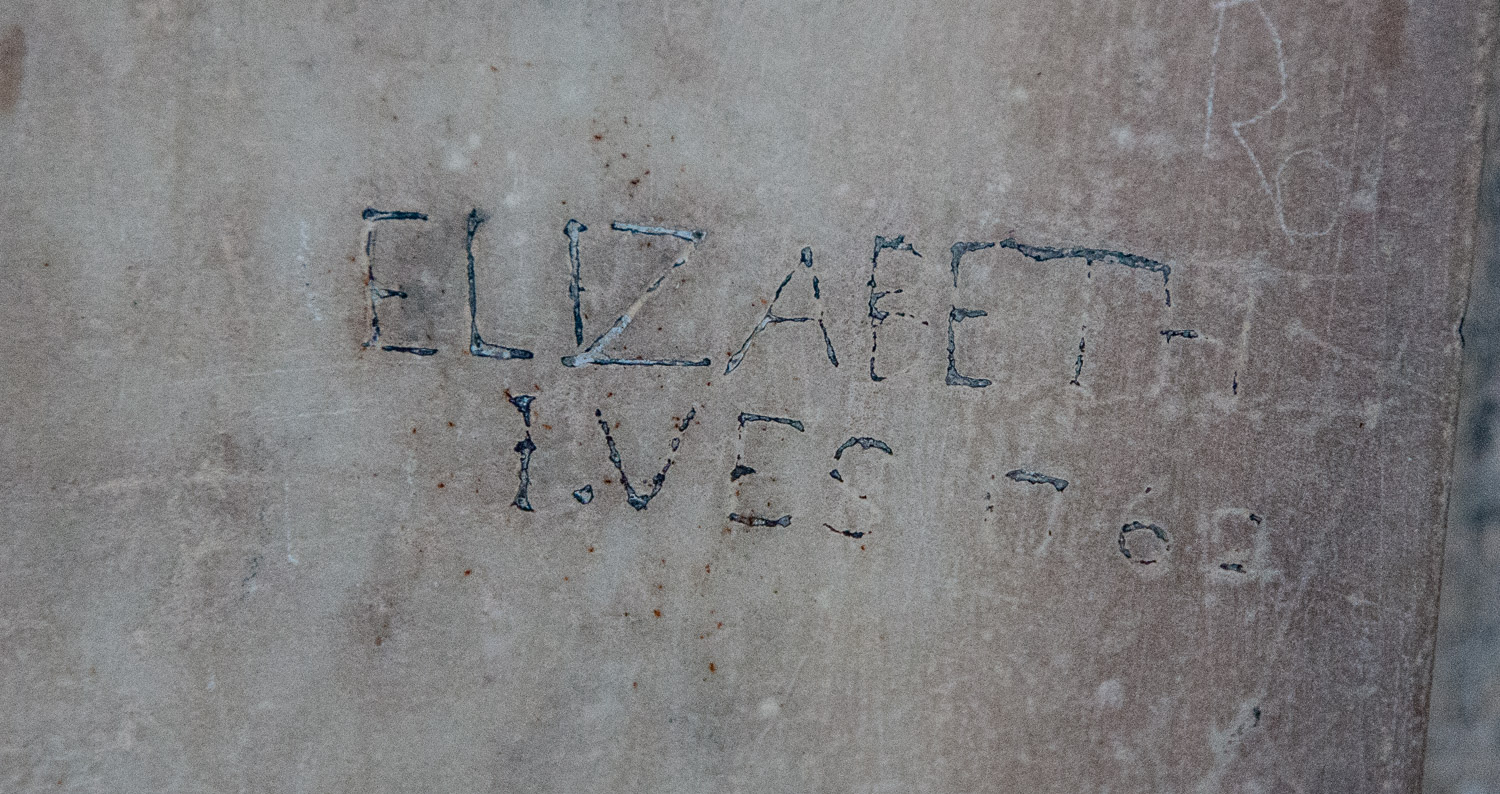
Elizabeth Ives was here (1760).
‘JH’ must have taken some time over this …
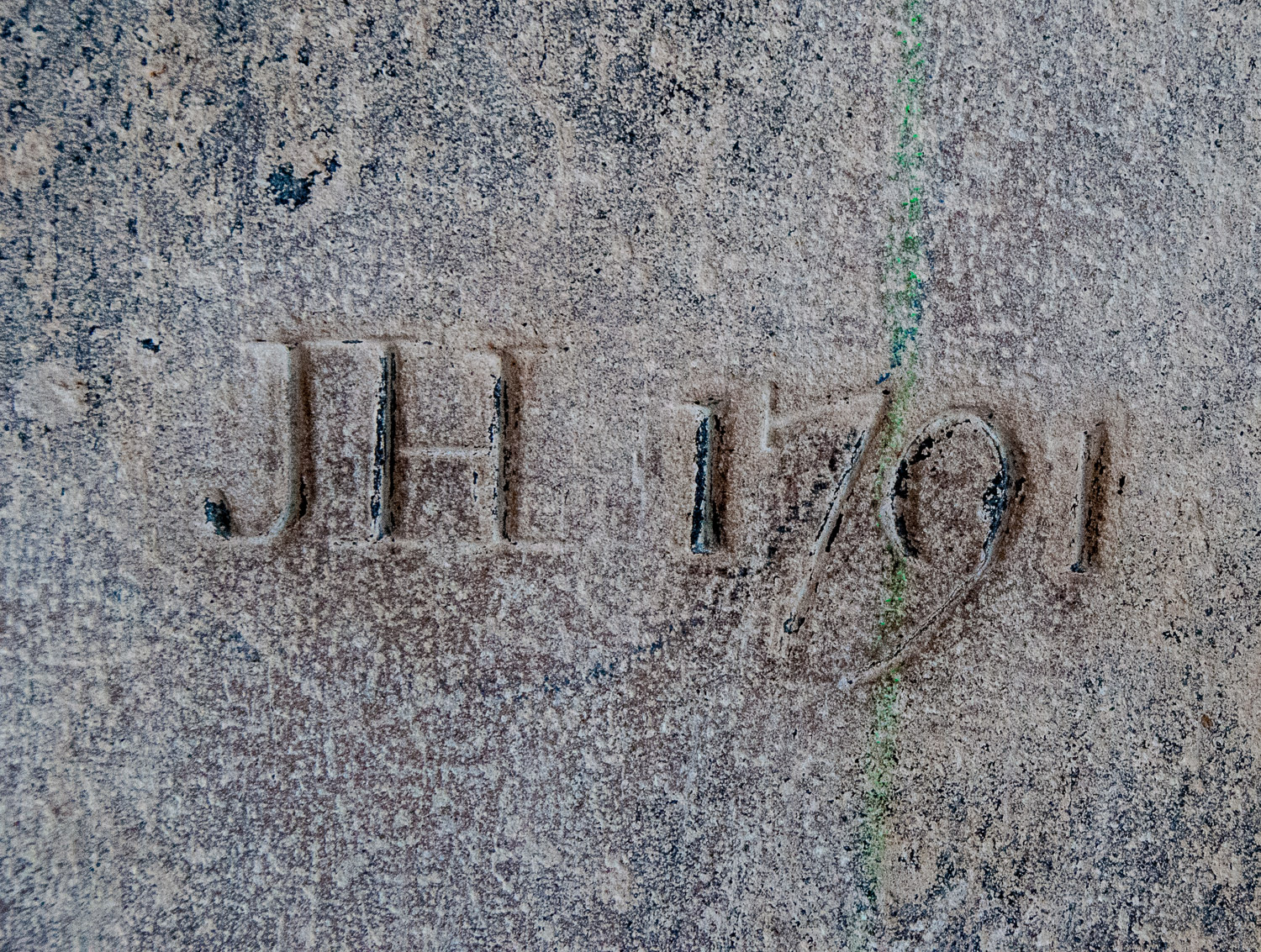
And what about this bird with a bald human head?

Maybe a pompous, plump supervisor who upset one of his apprentices?
There are many, many inscriptions and they become more visible as your eyes get used to the light.
If you now turn around and walk down the steps you can examine these fossils, embedded in the stone for over 5oo million years …
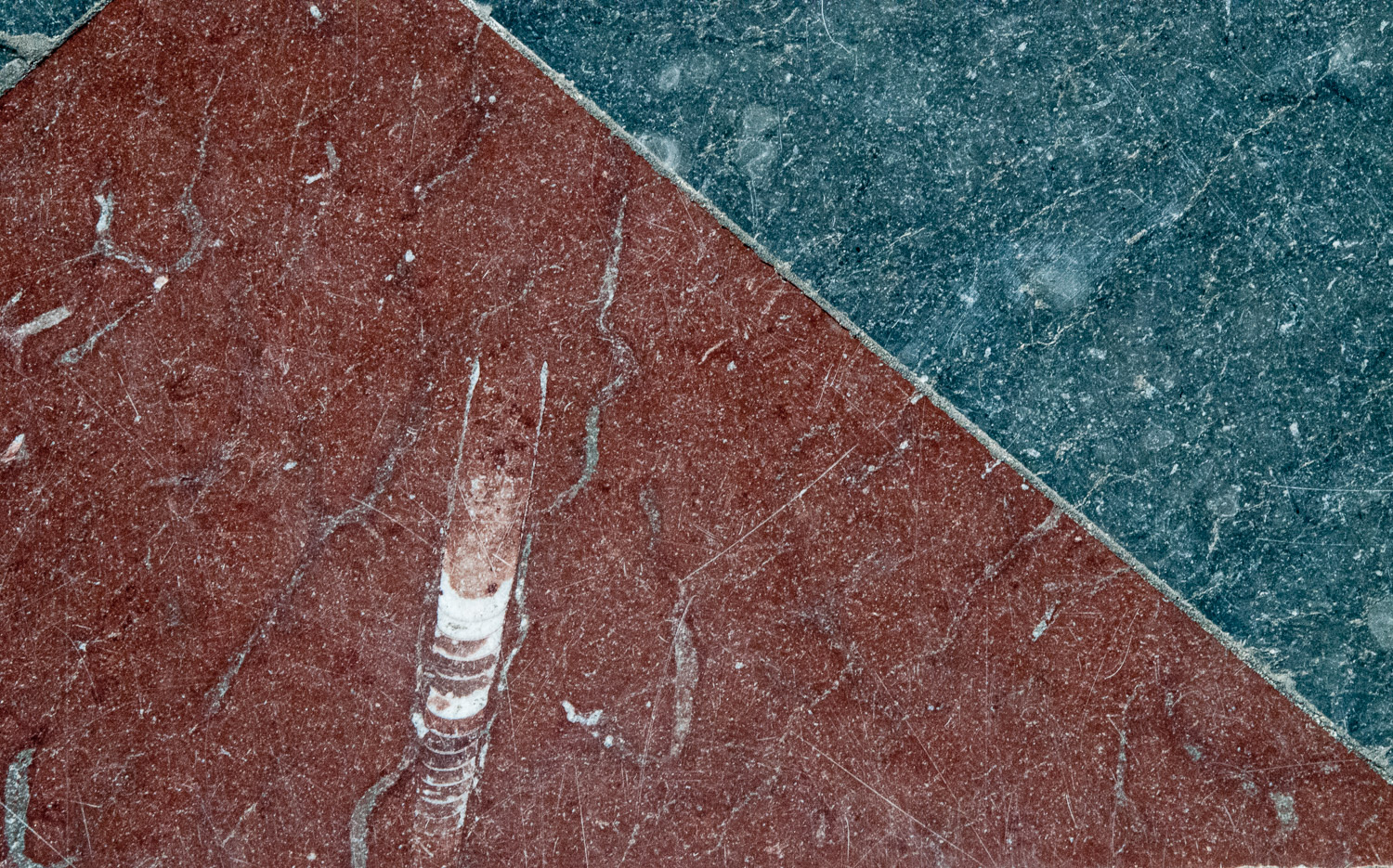
You can read more about them in my blog Jurassic City.
The first pineapple arrived in Europe courtesy of Christopher Columbus in 1493. The strange fruit he brought back from Guadaloupe looked like a pine cone but the edible interior had the texture of an apple. Pineapples begin to rot as soon as they are picked, so supplies from overseas were rare, and they proved very difficult to cultivate. The forces of supply and demand drove up the 17th century price to the present day equivalent of £5,000 each – but you could rent one for your dinner party table centrepiece if you wanted to show off. They became associated with wealth, royalty and generous hospitality which, presumably, is why they were chosen as the decorative finials on the St Paul’s western towers. Their shape is aesthetically pleasing too.
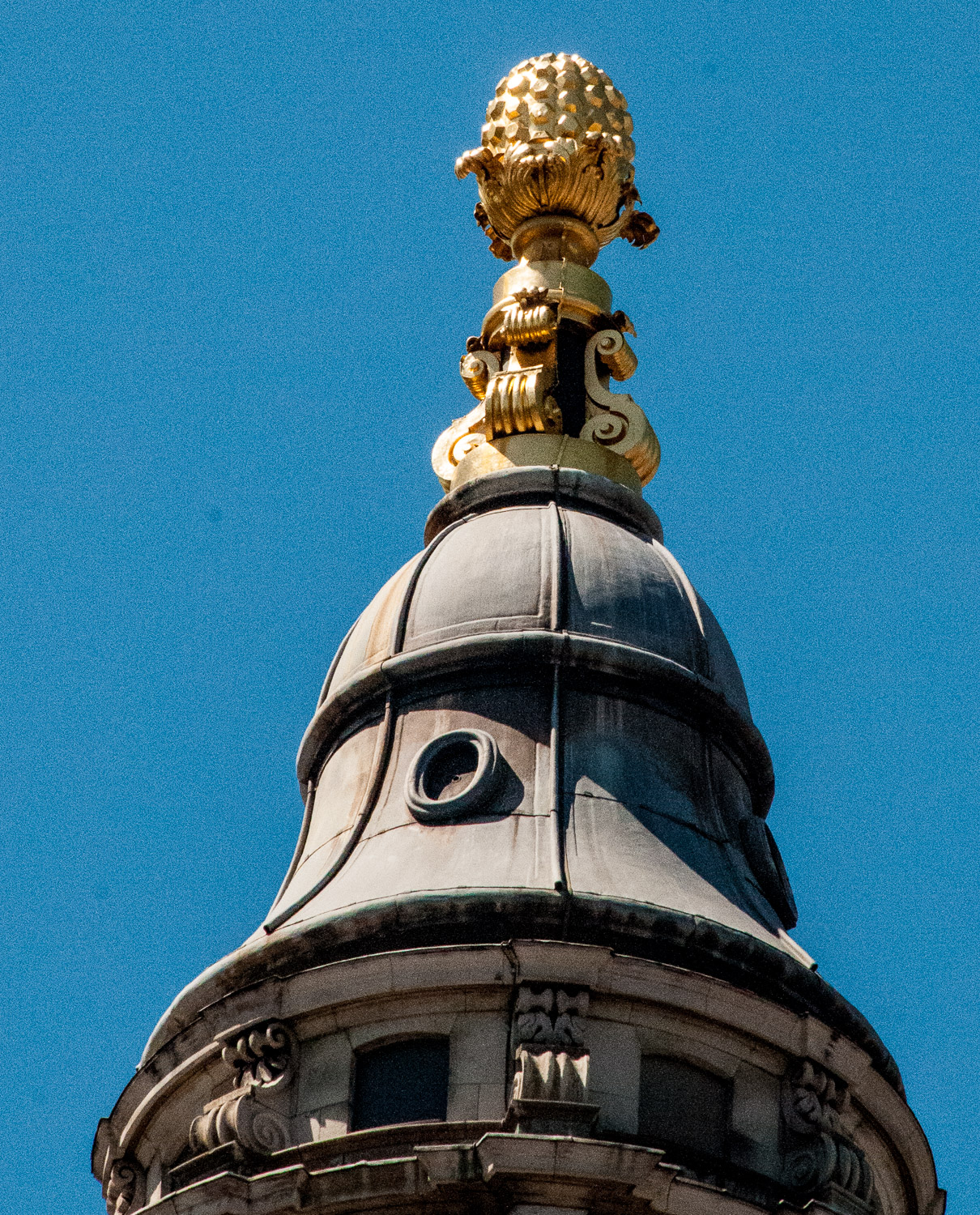
The gilded copper pineapples were modelled by Francis Bird (1677-1731), cast by Jean Tijou and completed in July 1708. Tijou was a French Huguenot ironworker about whom little else is known.
You can see them most clearly from outside the tourist information centre across the road. They were cleaned and restored in 2003 and are covered with two layers of gold leaf (as are the numbers and hands of the clock face).
Standing there you can also see the south porch of the cathedral and the centrepiece of the pediment, a phoenix rising from its own ashes above the word ‘RESURGAM’, a fitting symbol of the Cathedral and harking back to an earlier episode in its construction.
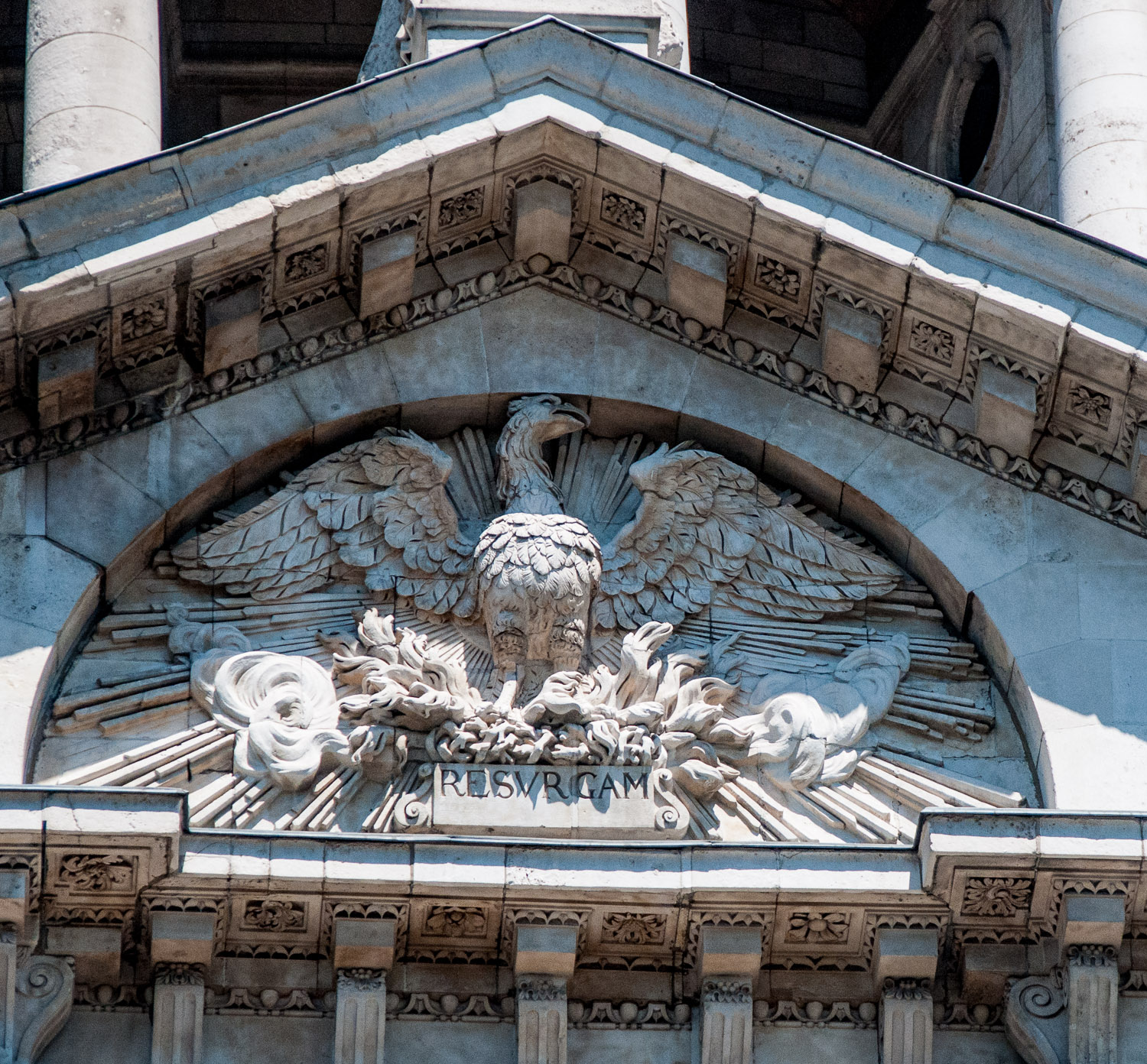
The carving is by Caius Gabriel Cibber (1630-1700).
When marking out foundations, Sir Christopher Wren asked a labourer to bring a stone to mark a particular spot. The man came back with a fragment of a broken tombstone on which was carved one word – RESURGAM – I shall rise again – and the architect never forgot this omen.
St Paul’s has an abundance of cherubs …

You can read more about the City’s cherubs in my earlier blog Charming Cherubs.
On the north side is the Dean’s door …
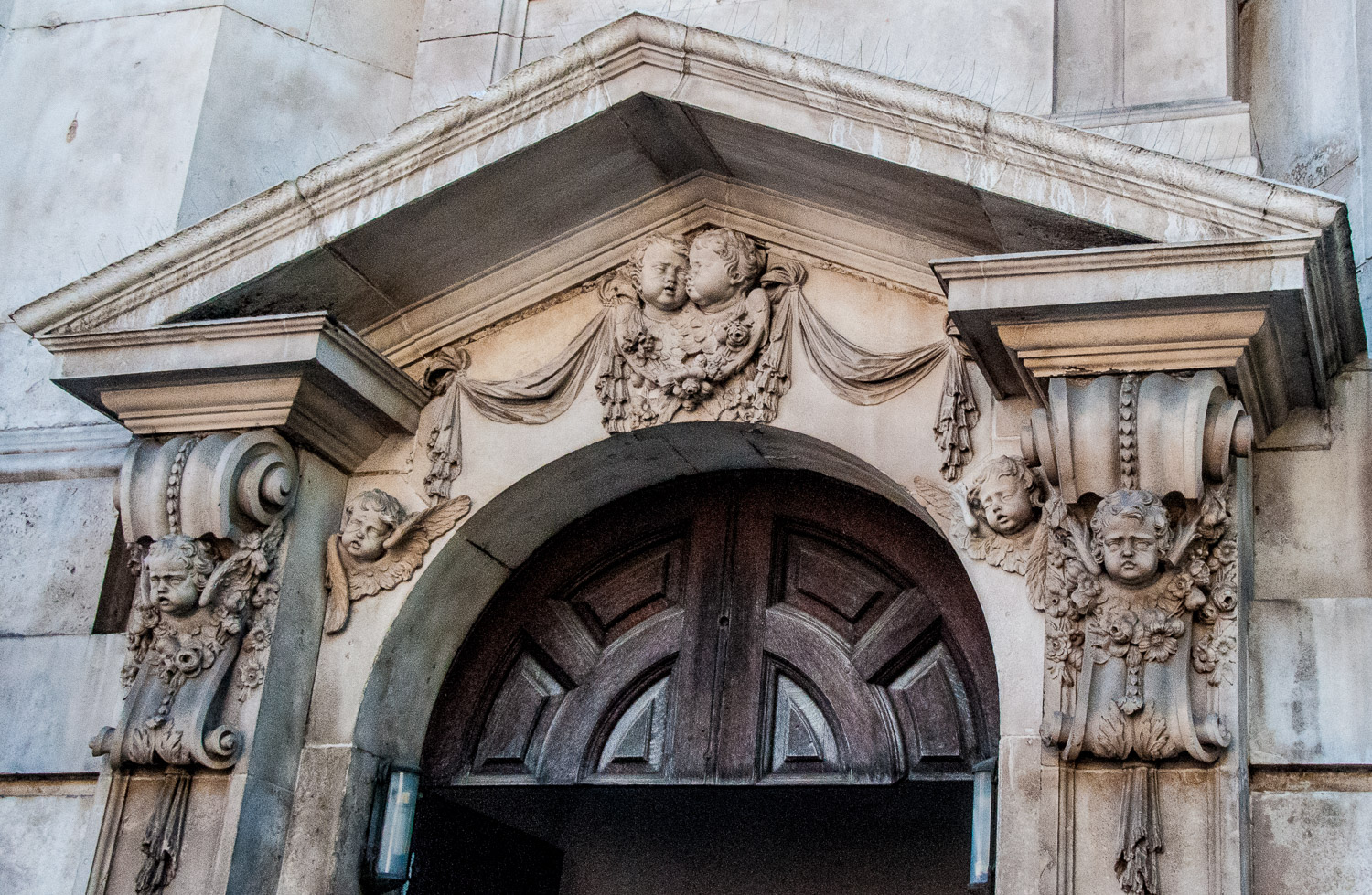
The carver was stonemason and architect Christopher Kempster (1627-1715).
Kempster’s work on the cherub’s heads and foliage was considered so good Wren awarded him an extra £20 for ‘the extraordinary diligence and care used in the said carving and his good performance of the same’. When Kempster died at the age of 88 his son carved a cherub’s head for his memorial.
Much restoration has had to be carried out on St Paul’s in view of both its age and the damage done by London’s polluted air. In the yard beside the cathedral you can see an example close up …
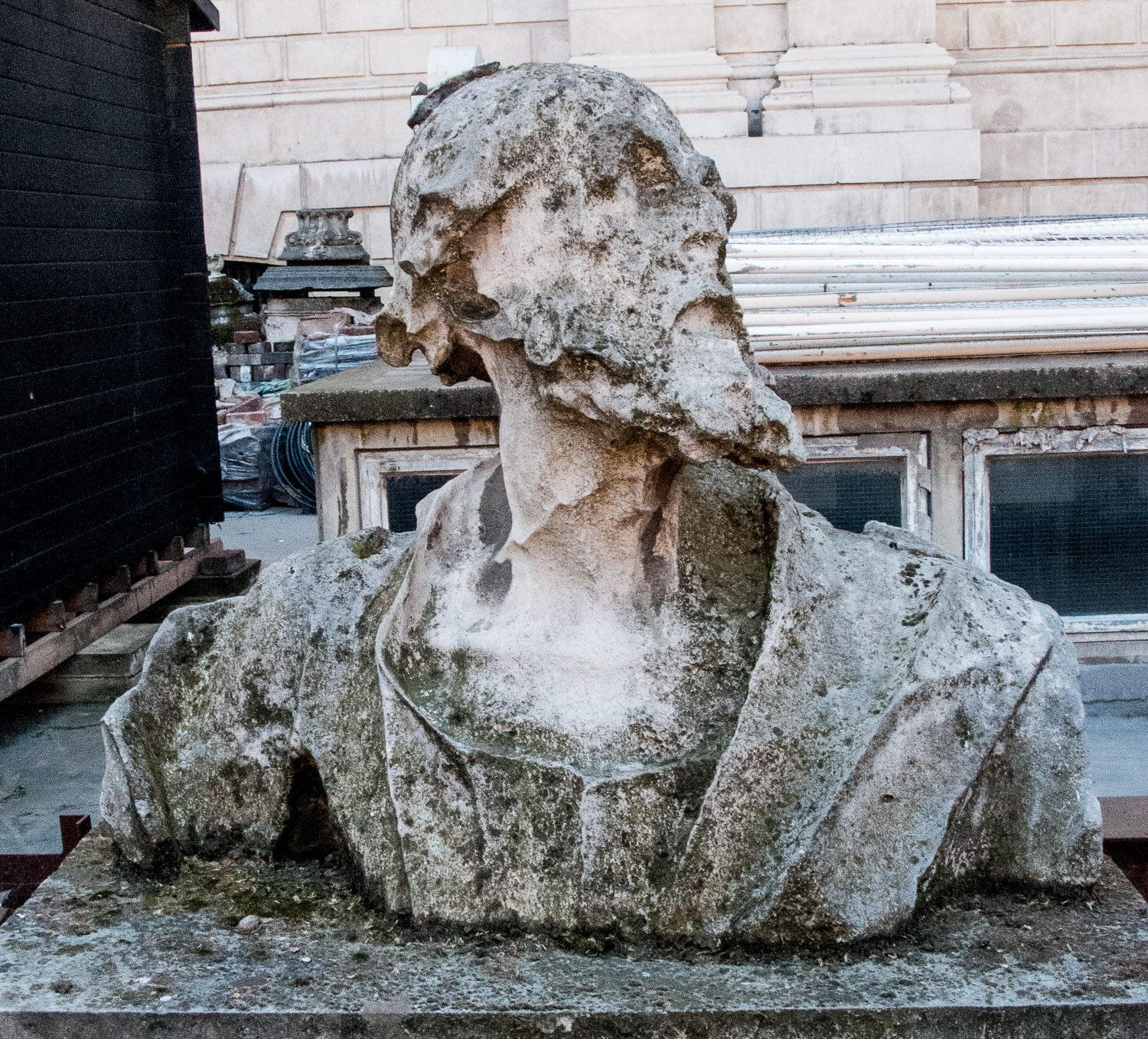
A very eroded statue of St Andrew from the pediment of the south portico.
The churchyard also contains a statue of St Paul …
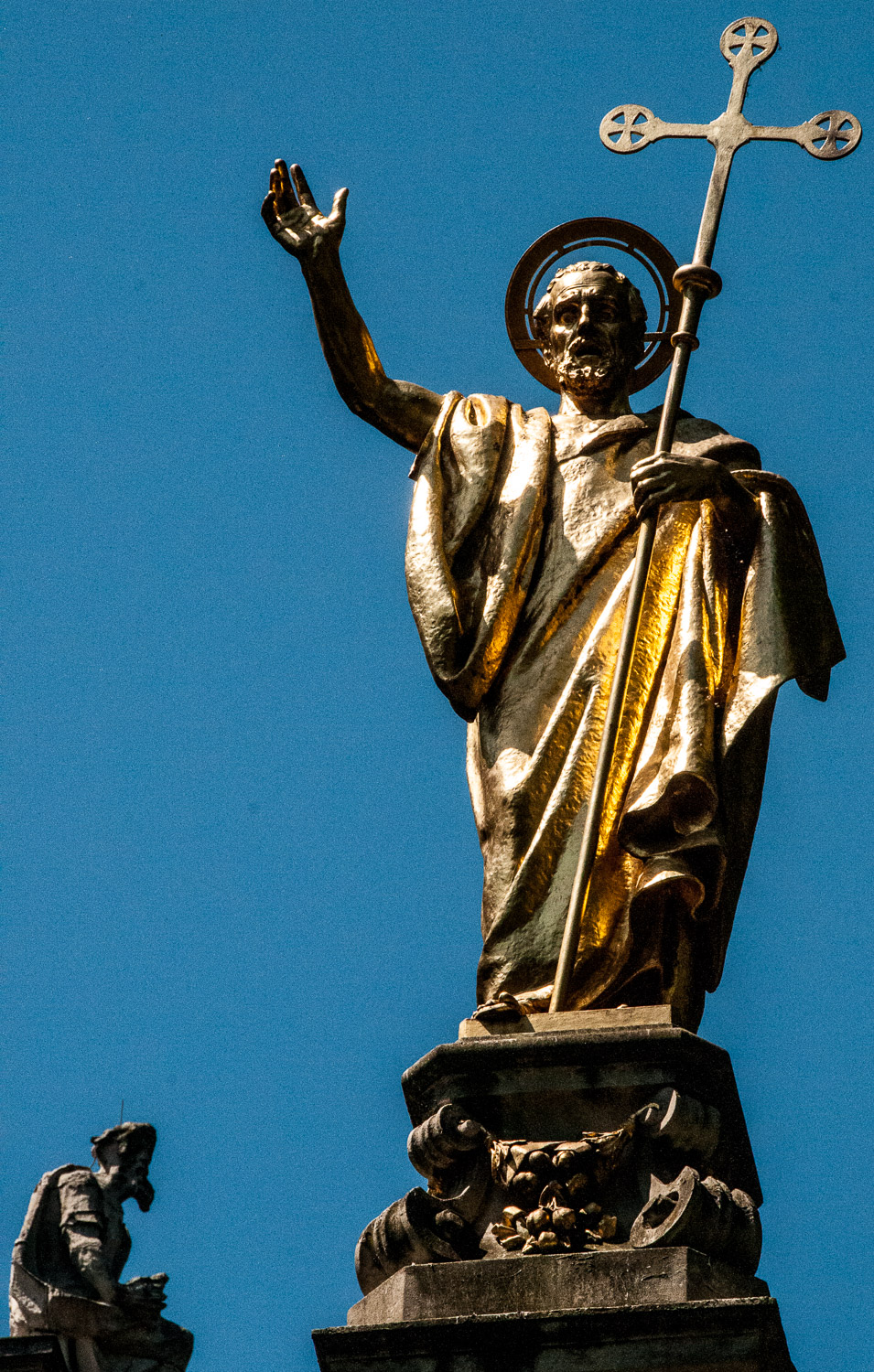
Over 30,000 Londoners died in the World War II air raids and they are commemorated by this understated monument outside the north transept.
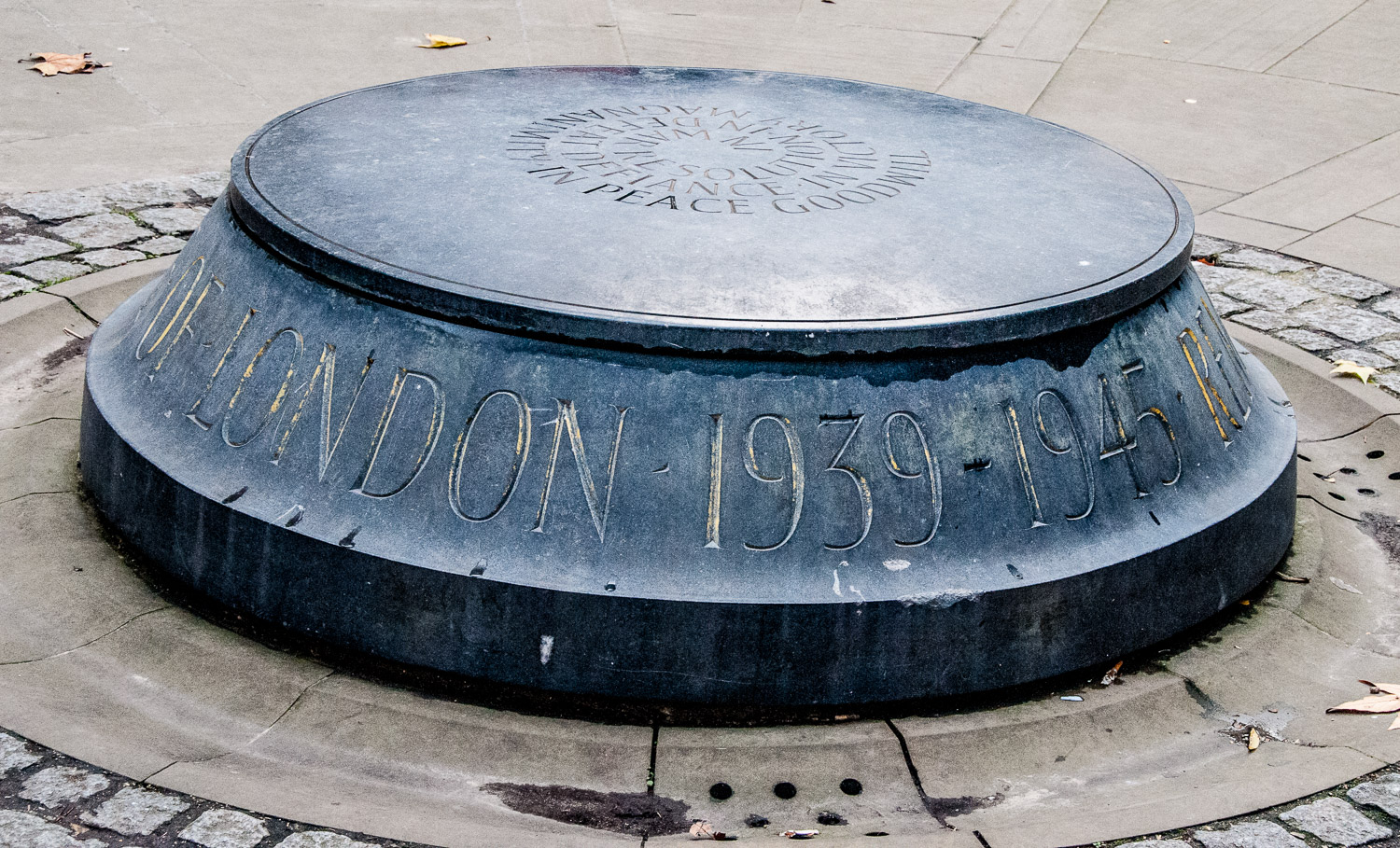
The inscriptions read …
‘In War, Resolution: In Defeat, Defiance: In Victory, Magnanimity: In Peace: Goodwill’
And around the sides
REMEMBER BEFORE GOD, THE PEOPLE OF LONDON 1939-1945
The cathedral itself did not escape World War II bombing unscathed but several bomb hits (and numerous incendiary attacks) miraculously failed to seriously damage the dome. Virtually every other structure in the near vicinity was destroyed or had to be demolished.
One is reminded how close St Paul’s came to destruction by these shrapnel scars still visible on the north wall …
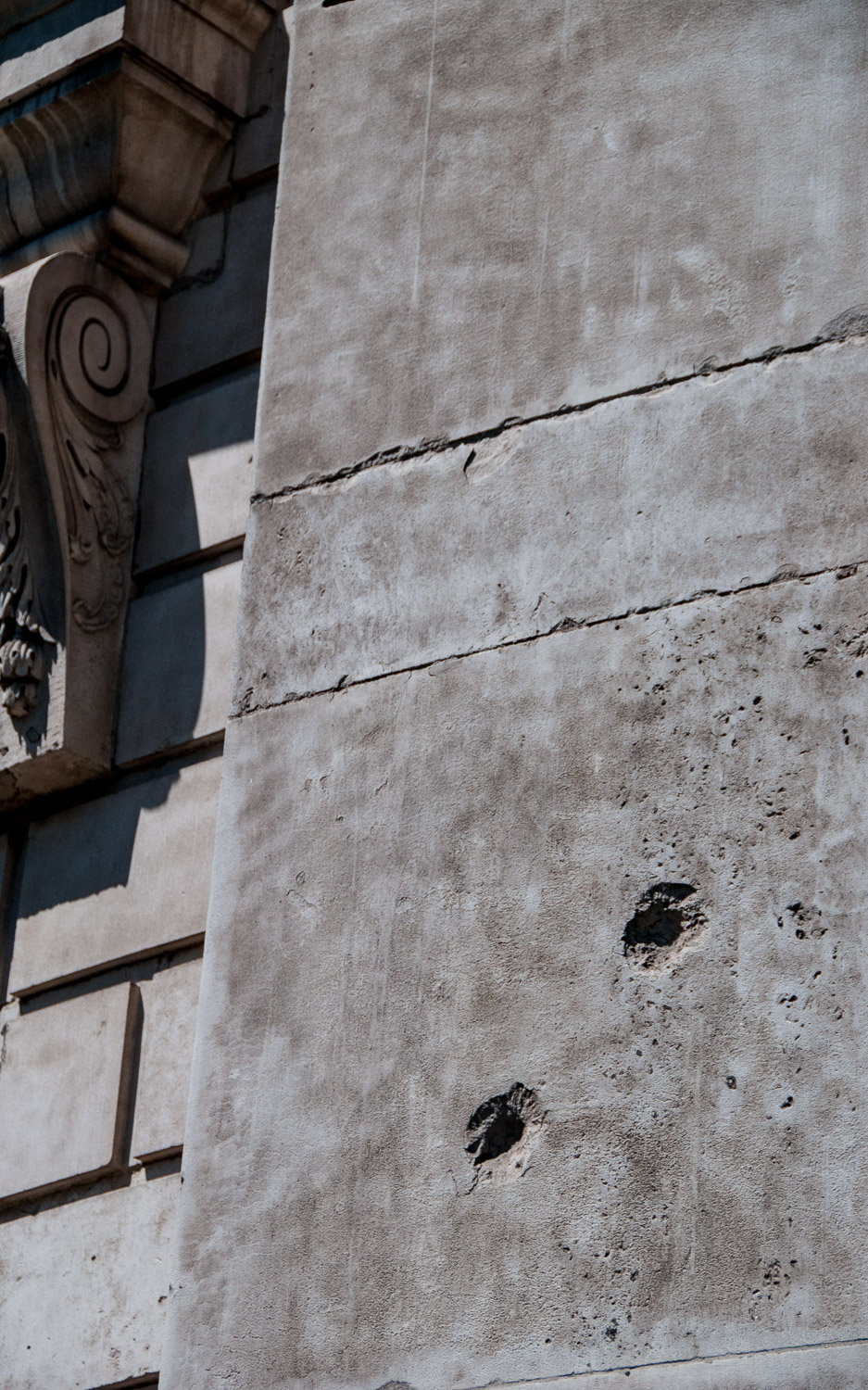
The cathedral’s north wall.
In 1668, when Christopher Wren was commissioned to submit proposals for a new cathedral, he was only in his thirties. From then, until when the government declared the work finished on Christmas day 1711, he not only maintained his vision but also held together an incredibly varied body of people to a common purpose.
He is thought of as a scientific genius and a great architect, but he was also a great man, with an understanding of other men and an ability to get more out of them than they knew they had in them.
Dr Ann Saunders – historian and author
Sir Christopher Wren as portrayed in stained glass at the church of St Lawrence Jewry …
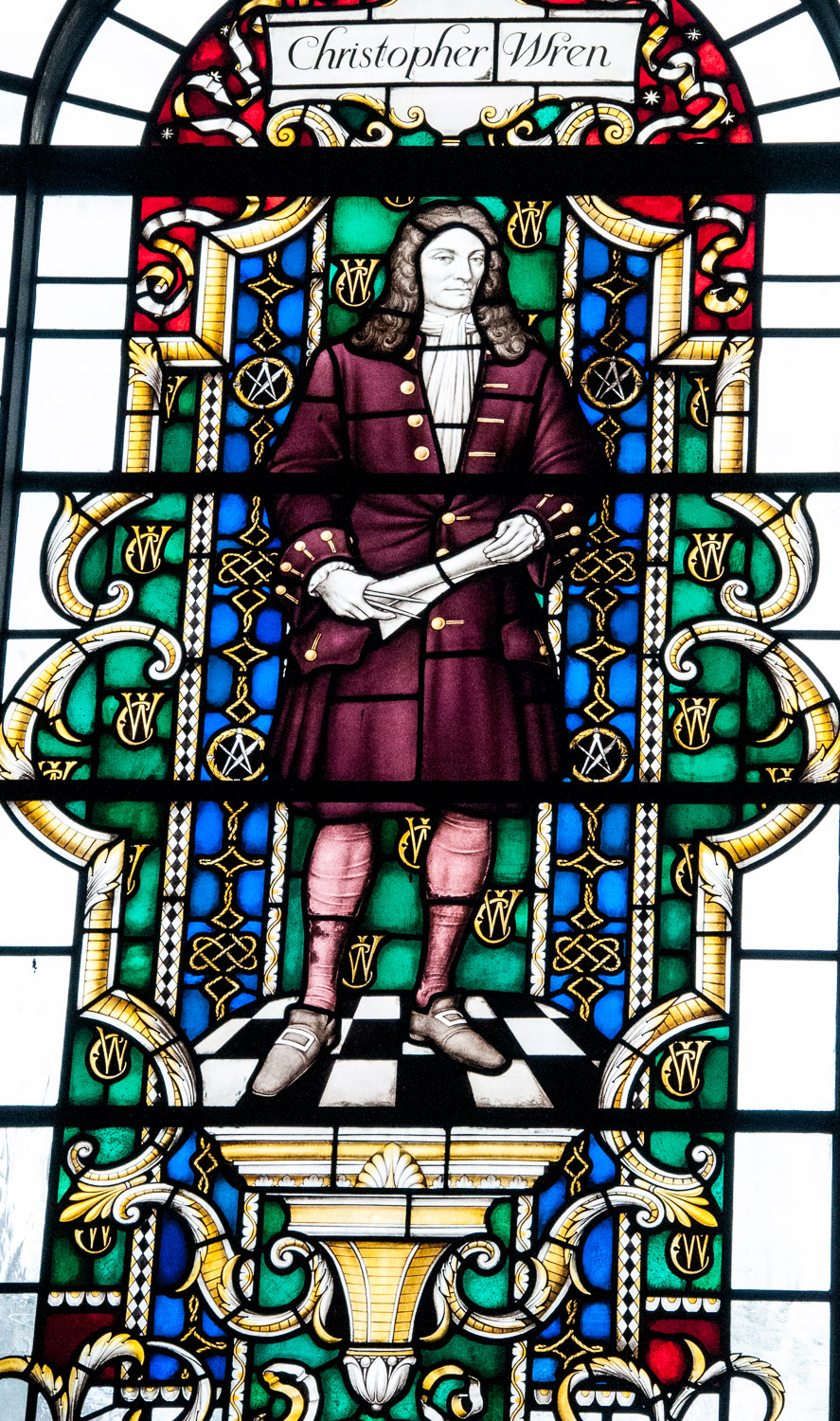
He is buried in a quiet corner of the cathedral crypt under a plain stone and an inscription which includes the words ‘Lector, si monumentum requiris, circumspice‘, usually translated as
Reader, if you seek his memorial – look around you
